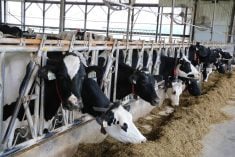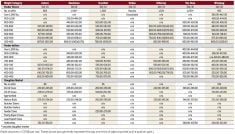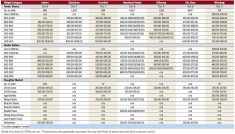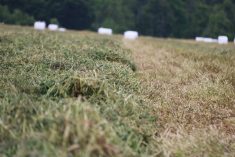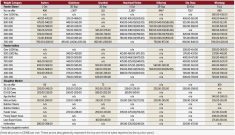Unt reated Winnipeg sewage flowing into the Red River and eventually Lake Winnipeg has given Doug Chorney a platform to complain about how hog farmers are unfairly blamed for excessive phosphorus levels in the lake.
According to the president of the Keystone Agricultural Producers regulations restricting the construction of new hog barns and the expansion of old ones may leave the perception something positive is being done to reduce nutrients in the lake. In reality, he says, the rules hurt farmers without helping the lake.
Read Also
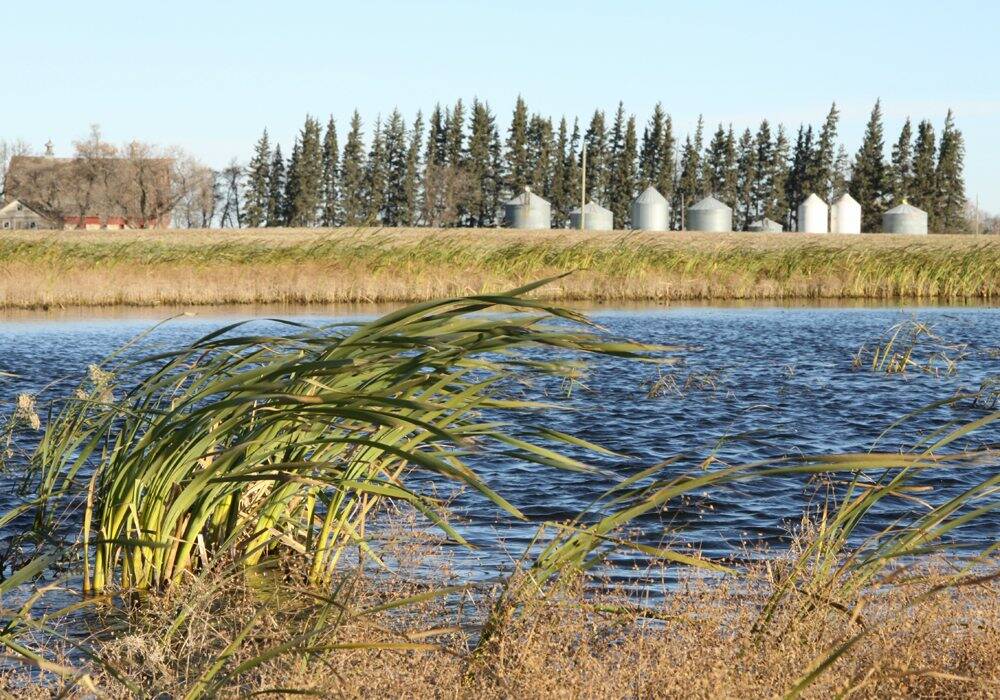
Could snails keep blue-green algae out of livestock dugouts?
Could snails keep blue-green algae out of livestock dugouts? Researchers at Brandon University are studying them as natural water quality filters.
The province is consistently singling out agriculture as the main cause of Lake Winnipeg s water quality problems while dismissing the pollution the City of Winnipeg is contributing to the lake, Chorney said in a release Nov. 4. Farmers believe it is time for the government to come clean and focus on the big picture.
However, the perception that Winnipeg s untreated sewage is now adding to the lake s phosphorus load is also incorrect a point Chorney acknowledged in an interview Nov. 8.
While the Manitoba government is forcing Winnipeg to eventually reduce the phosphorus contained in its treated effluent, currently it doesn t.
Same level
Untreated sewage contains about the same amount of phosphorus as treated. The main purpose of the current treatment process is reducing the level of harmful pathogens, such as E. coli, in the effluent.
Nevertheless, Chorney s complaints resulted in several radio interviews and a let ter publ ished in the Winnipeg Free Press.
The approach government is taking is that we re (farmers) the only people contributing or we re the biggest contributor and that s not true and it s not fair, he said.
About 15 per cent of the phosphorus entering Lake Manitoba comes from Manitoba farms and perhaps only one per cent of that comes from hogs, according to the Lake Winnipeg Stewardship Board s 2006 report.
Fifty-three per cent of the phosphorus comes from sources outside the province, including 32 per cent from the United States. An additional 17 per cent comes from natural and undefined sources, with six per cent labelled as atmospheric and nine per cent from municipal waste water.
The Save the Lake Manitoba Act, passed by the Manitoba legislature in June, amends the Environment Act, prohibiting Manitoba hog farmers from building new barns or expanding existing ones anywhere in the province unless they use anaerobic digestion or another environmentally sound treatment for their manure.
Each individual situation and technology would be considered based on its own merits, a provincial spokesperson said via email.
Increased costs
According to Chorney a digester increases the cost of producing hogs while not reducing the phosphorus in hog manure a point KAP and the Manitoba Pork Council have repeatedly raised with the Manitoba government to no avail.
The way to ensure farmers don t overapply phosphorus is to regulate how much can be applied and that s already the case, Chorney said. Farmers must submit manure management plans and government inspectors periodically soil test fields to ensure farmers are following the rules.
So if manure applications and the phosphorus it contains are already regulated and digesters won t reduce phosphorus levels, why has the Manitoba government introduced these regulations?
I would say it s a political opportunity to show that they re targeting a sector, Chorney said. They re obviously getting people who tell them this is a good idea.
Not every farmer is perfect and agriculture does contribute to nutrients in the lake, he said.
We need to find better ways to be stewards of the nutrients we need to manage, Chorney said.
But regulations need to be based on science, be effective and not just give the illusion they re improving the environment, he said.
In the meantime, all Manitobans should be concerned not only about raw sewage going into the river, but the fact Winnipeg doesn t monitor its effluent to see if it contains any harmful industrial toxins that could potentially destroy marine ecosystems, Chorney said.
I just imagined there was some sort of monitoring going on, he said.
———
The province is consistently singling out agriculture as the main cause of Lake Winnipeg s water quality problems while dismissing the pollution the City of Winnipeg is contributing to the lake.
Doug Chorney




